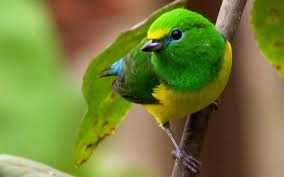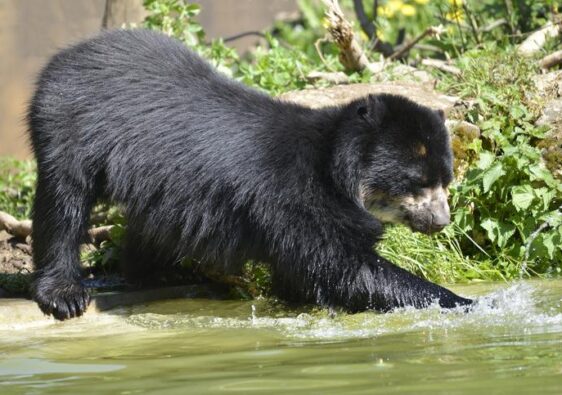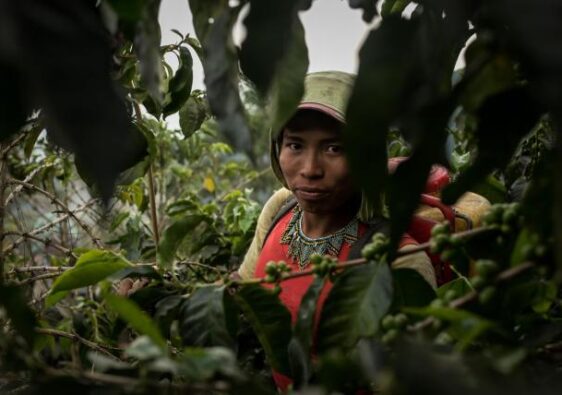RESUME
After the irrefutable confirmation of the presence of this mammal in the Putumayo Department, through the use of camera traps in December 2019, it is necessary to prioritize the implementation of the conservation strategy of this species that allows guaranteeing long-term the existence of this animal and its habitats in the Amazon region of Colombia.
In this sense, this document corresponds to the presentation of the necessary actions to be carried out according to the assessment recently made on the ground, carried out by the CORPOAMAZONAS – BOSQUE COLOMBIANO ORG agreement, identifying the viable possibilities to develop a particular plan that effectively corresponds to the characteristics current socio-environmental conditions of the area of influence of this animal that allows a harmonious execution between the indigenous Kamsá, peasant, scientific and institutional communities of influence.
In January 2019, the National Program for the Conservation of the tapirus pinchaque in Colombia was published, Ministry of the Environment, Housing and Territorial Development, where the national guidelines that seek to guarantee the conservation of the three species of this genus and their habitats present in Colombia were established. and to recover the populations of those that are in greater risk of extinction.
The document established the national action plan for the Colombian tapir tapirus pinchaque in a period of 1 to 10 years where it has now been adjusted for the conditions of the Colombian Amazon Andes.
On the other hand, in 2016, with the publication of the Red Book for the Mammals of Colombia, the most threatened species were defined, where the Colombian tapir Tapirus pinchaque is among those classified as the highest risk or critically endangered.
Similarly, the CORPOAMAZONAS – BOSQUE COLOMBIANO ORG 2020-2030 agreement took the first step in Colombia with the current location of tapirus pinchaque populations in La Colombian Amazon Andes, developing the first conservation actions for the Colombian tapir.
Keywords: conservation, indigenous Kamsá, Danta, Amazonas, Andean region; water cycle.





